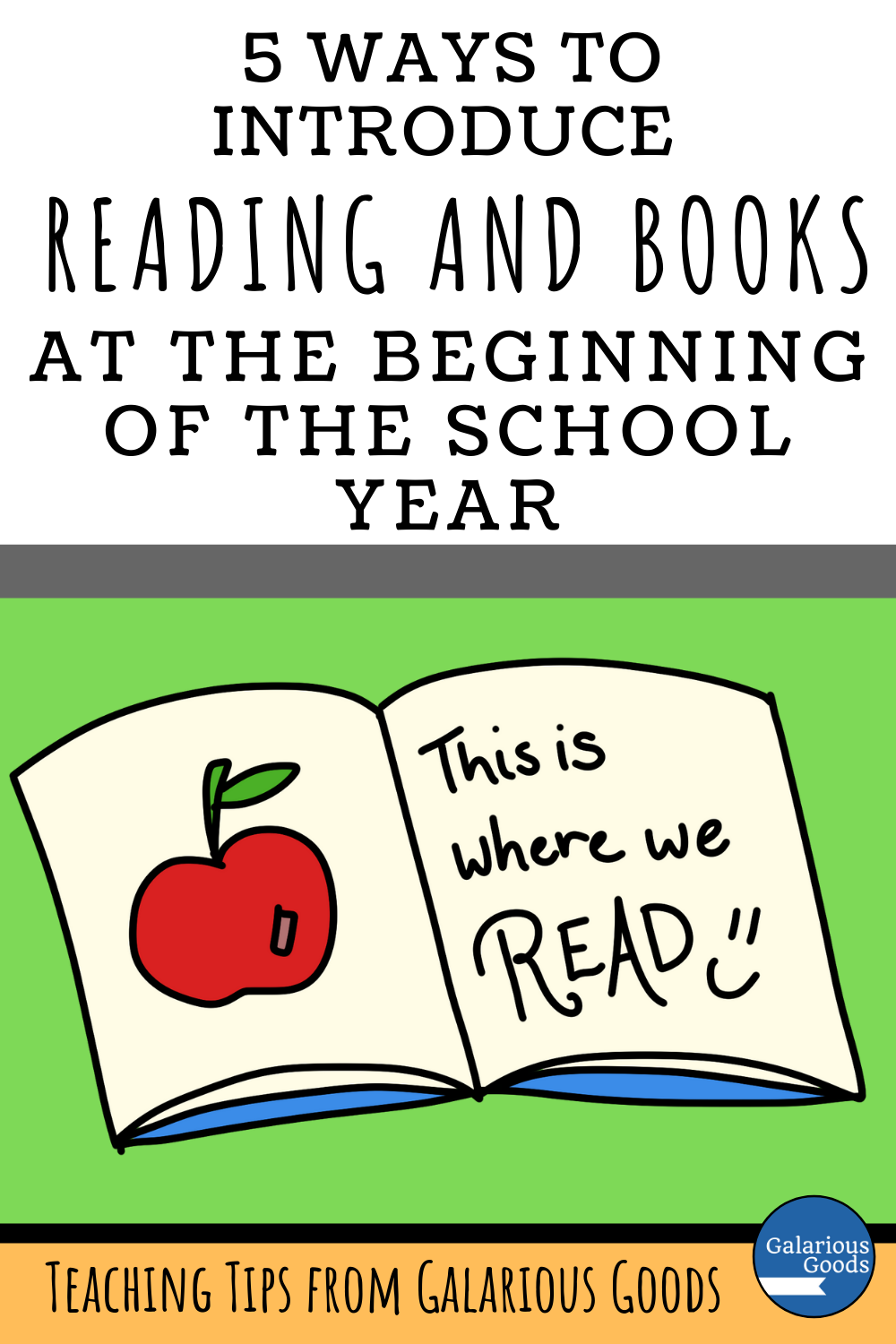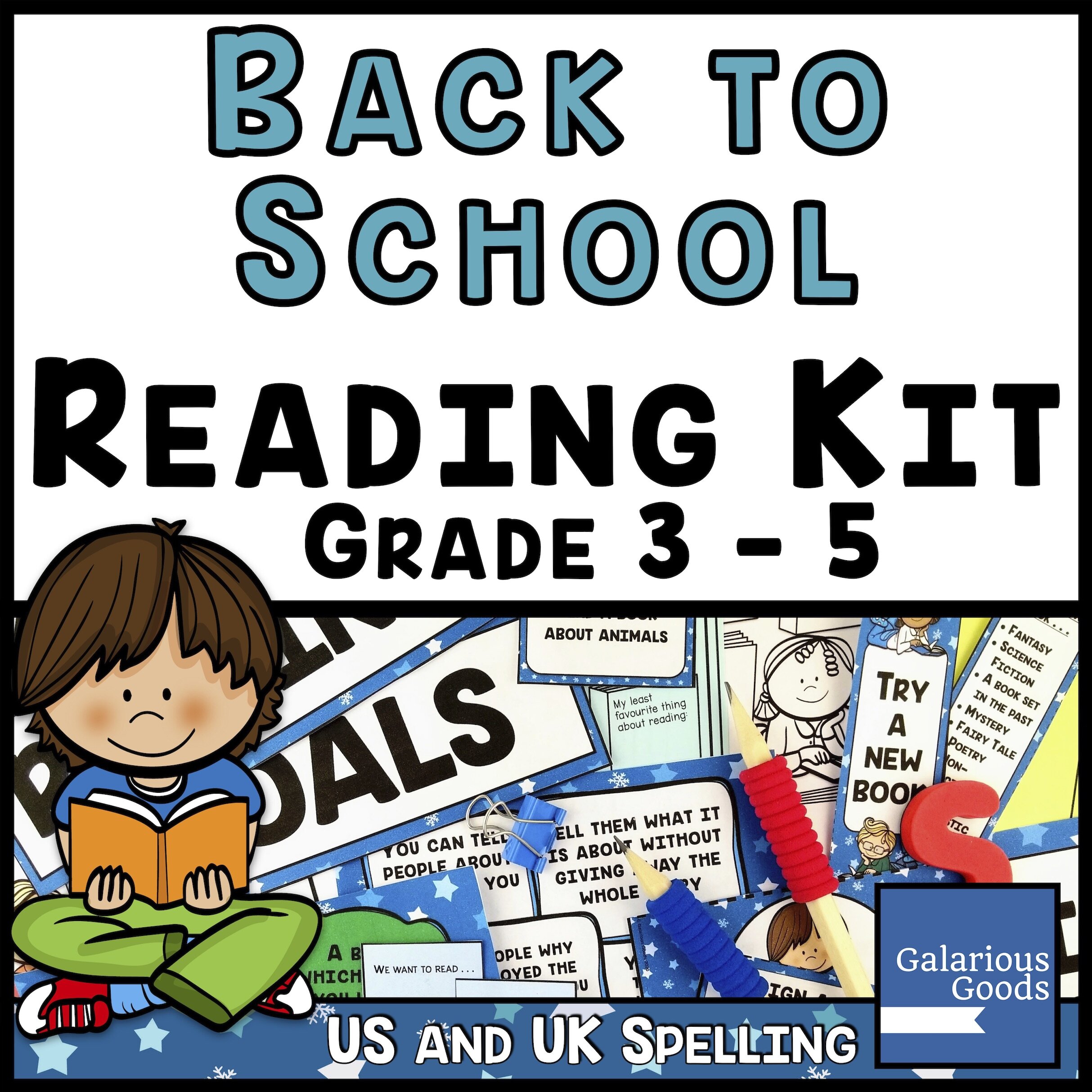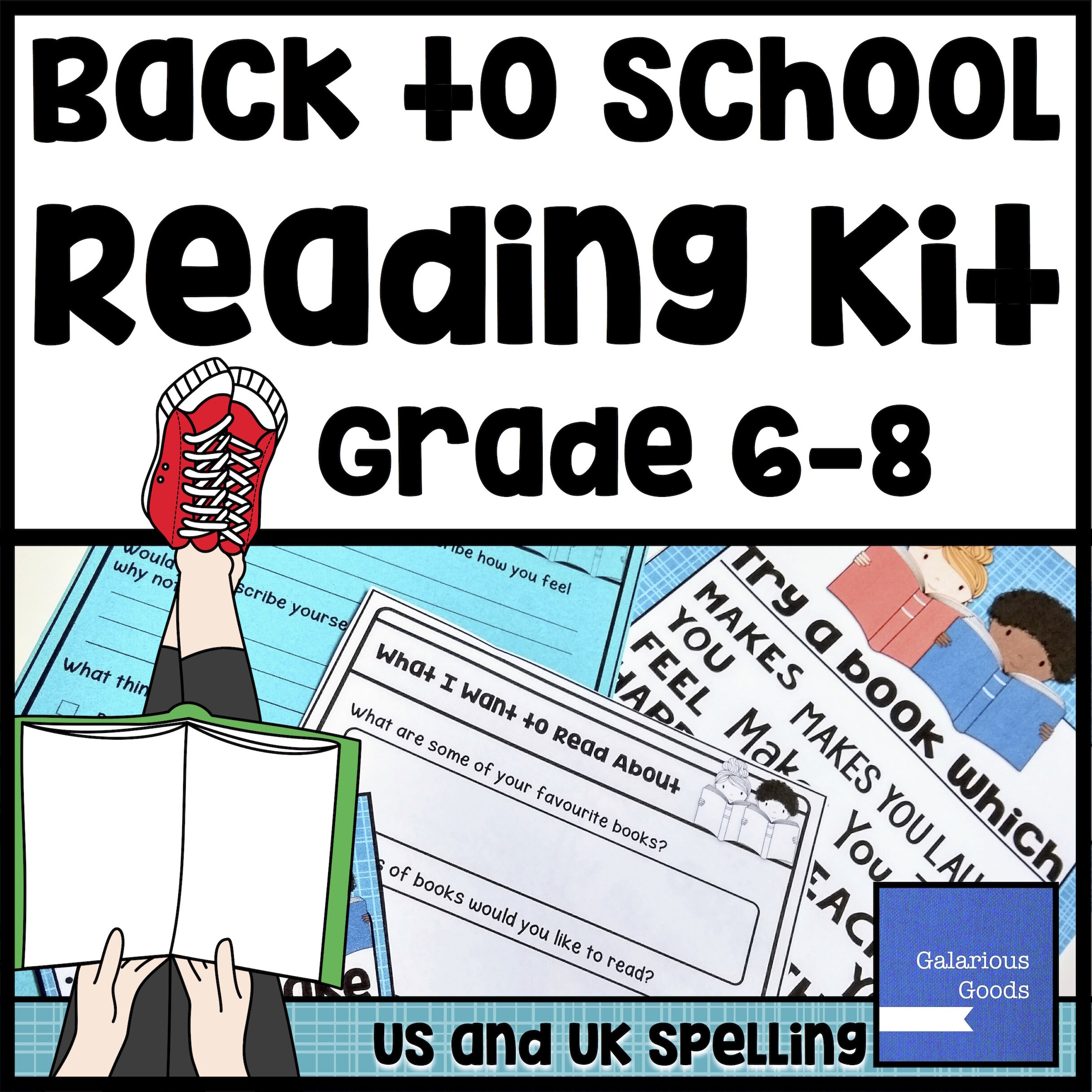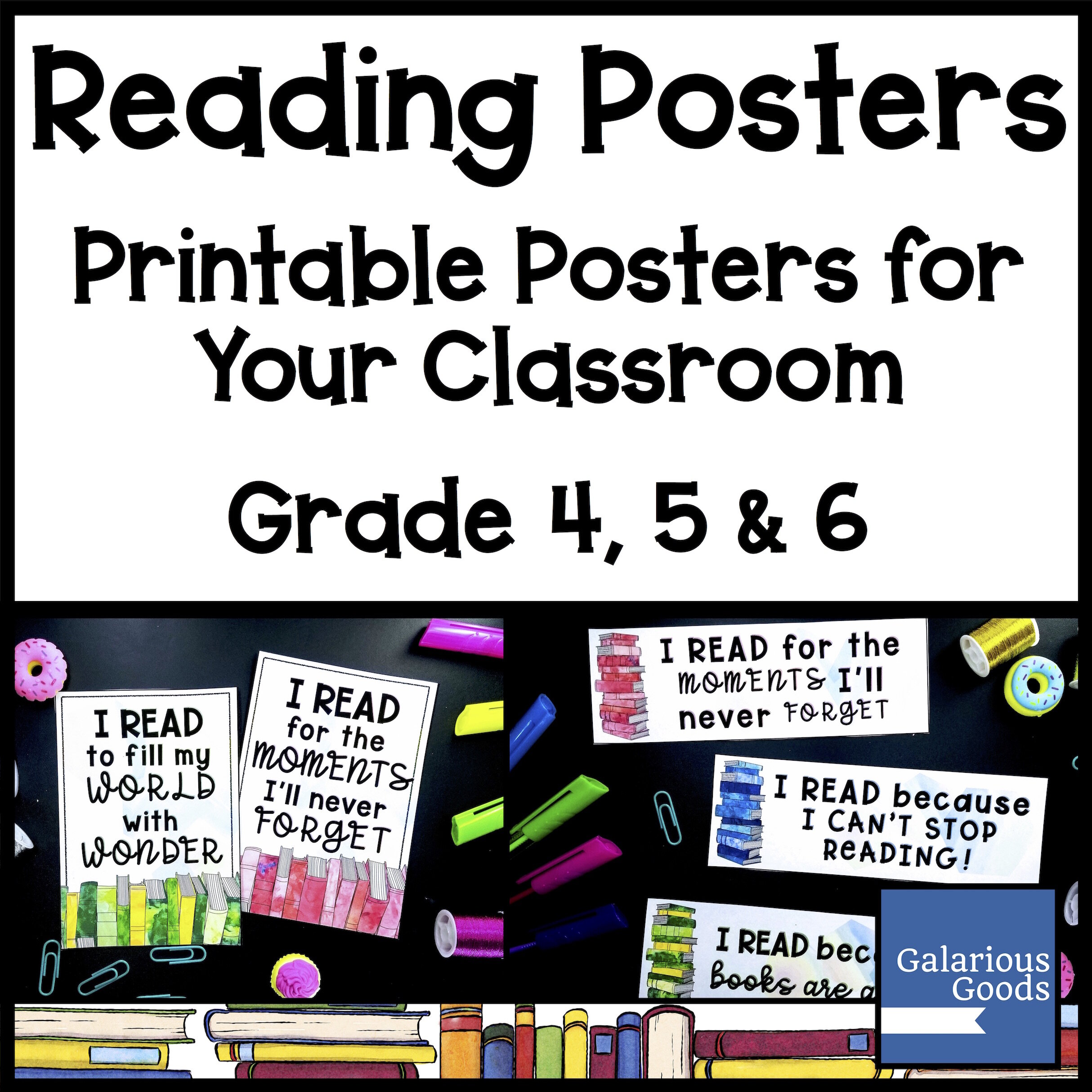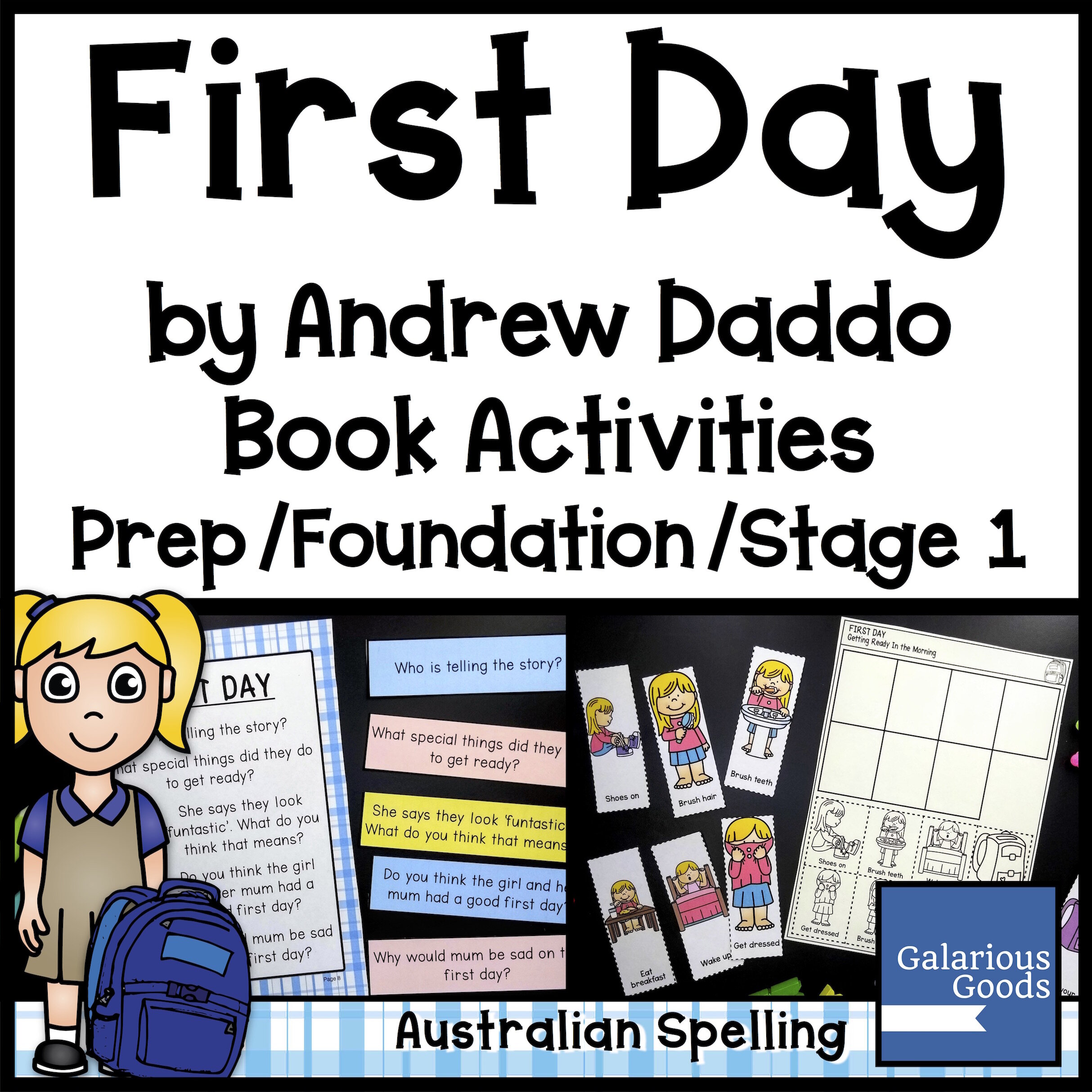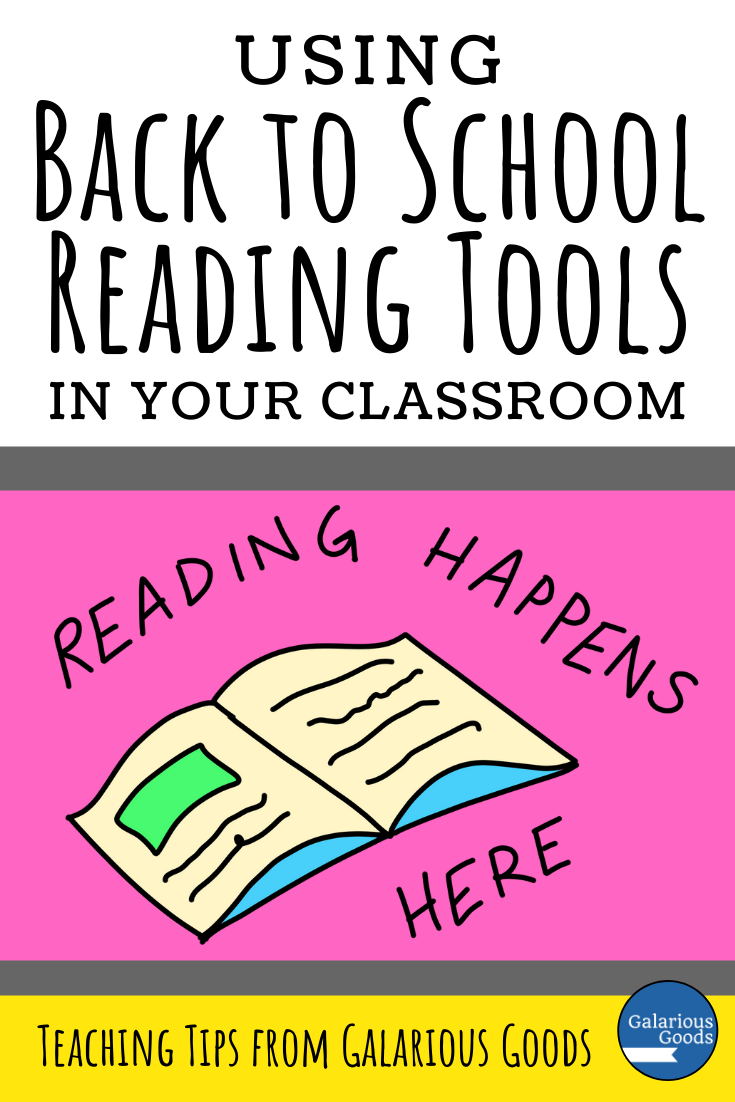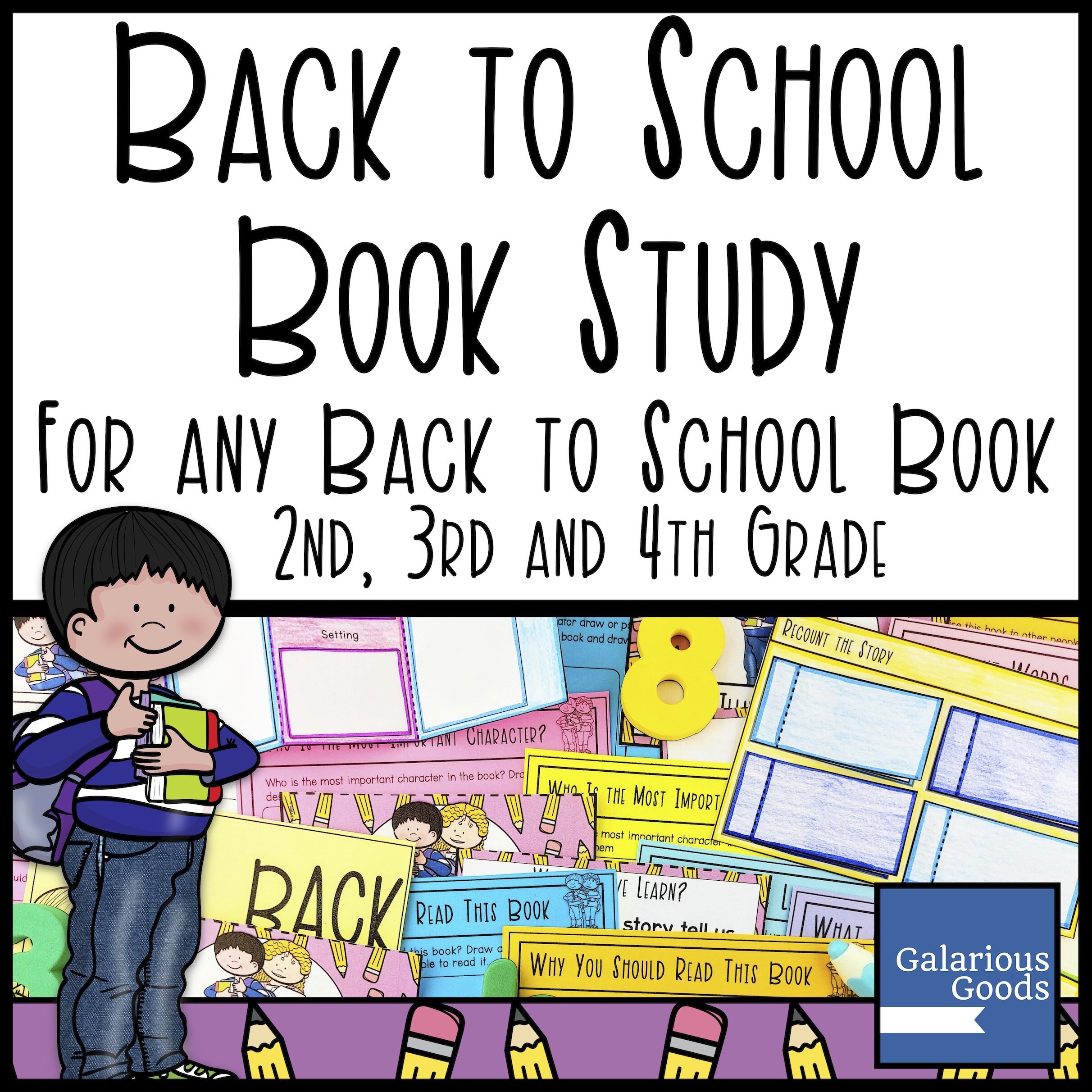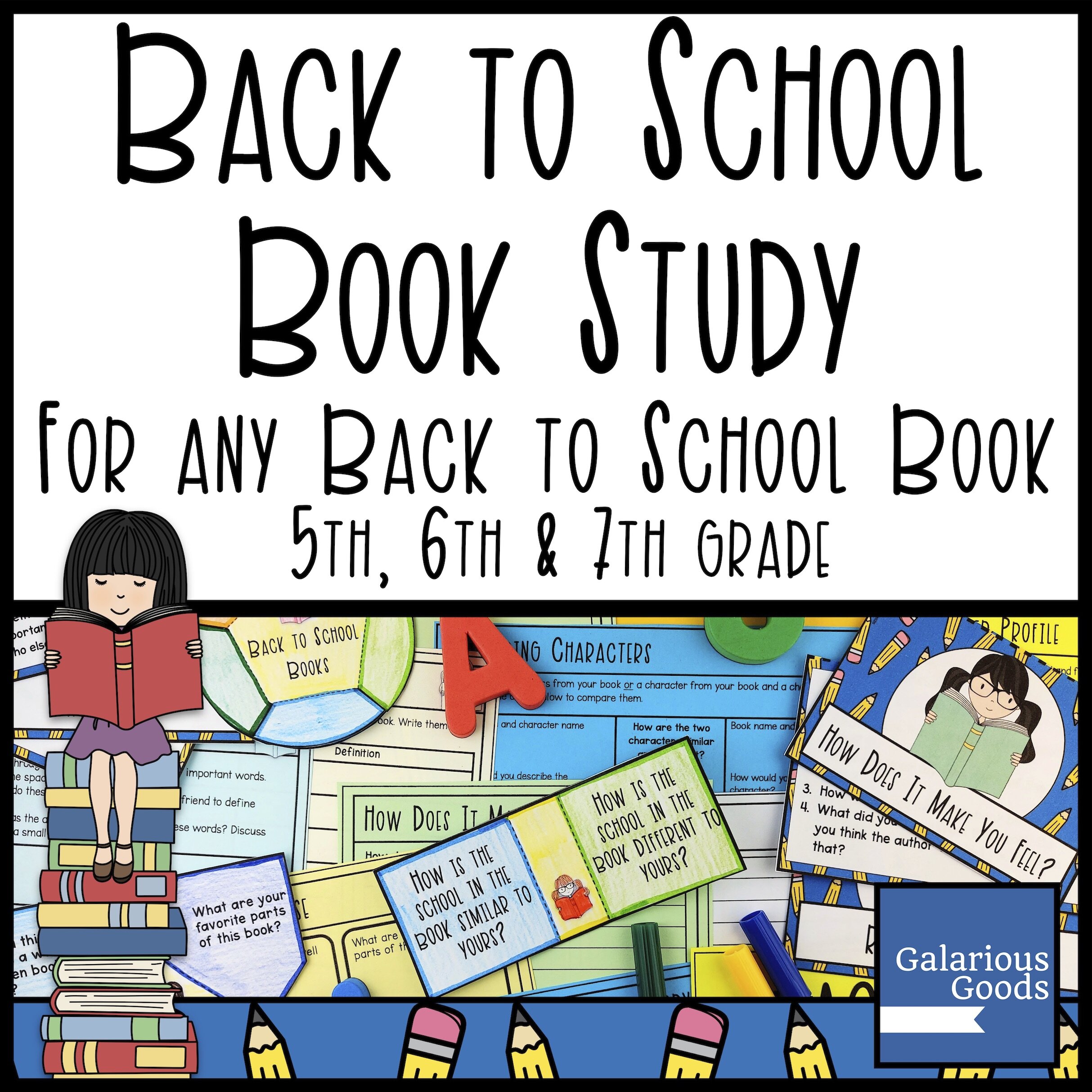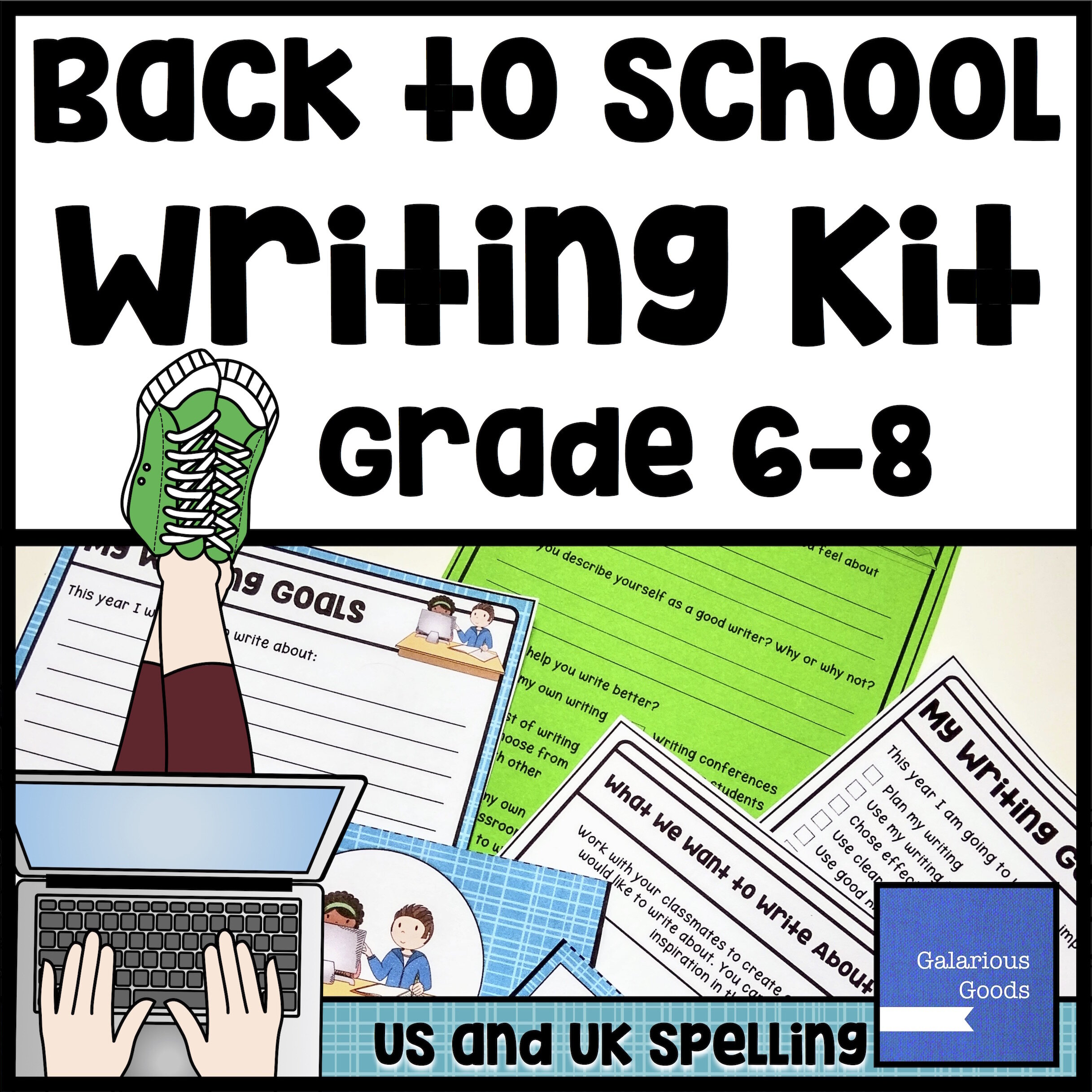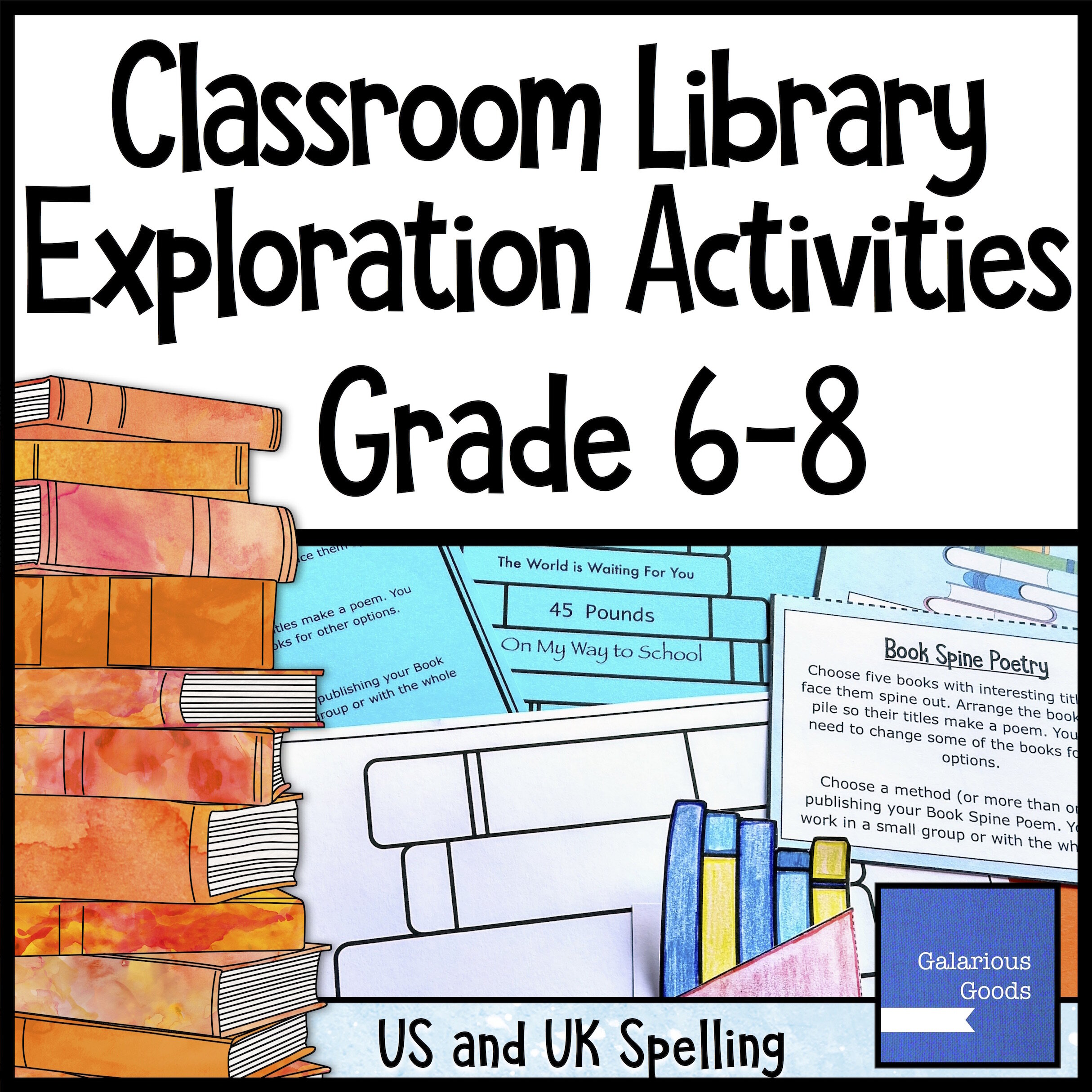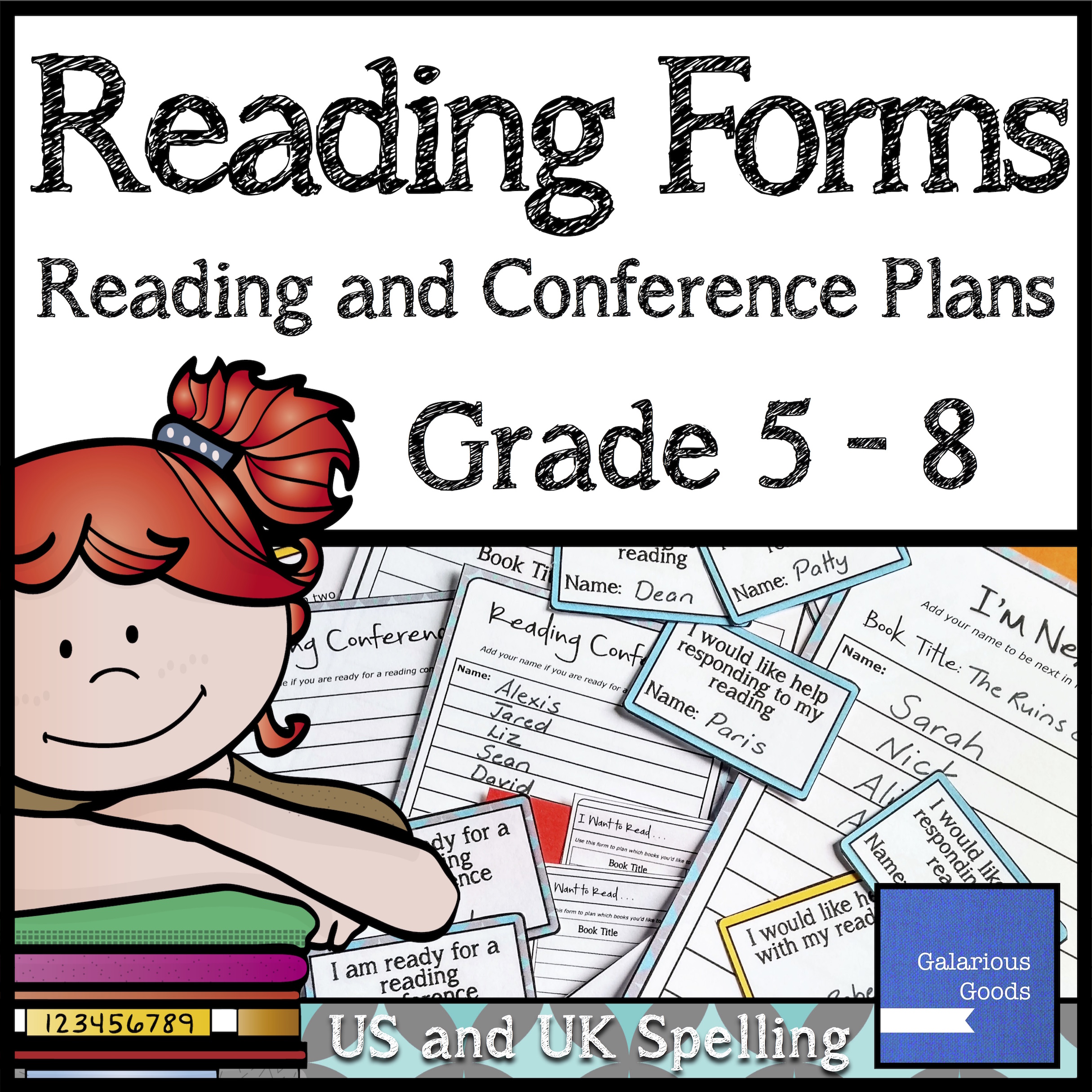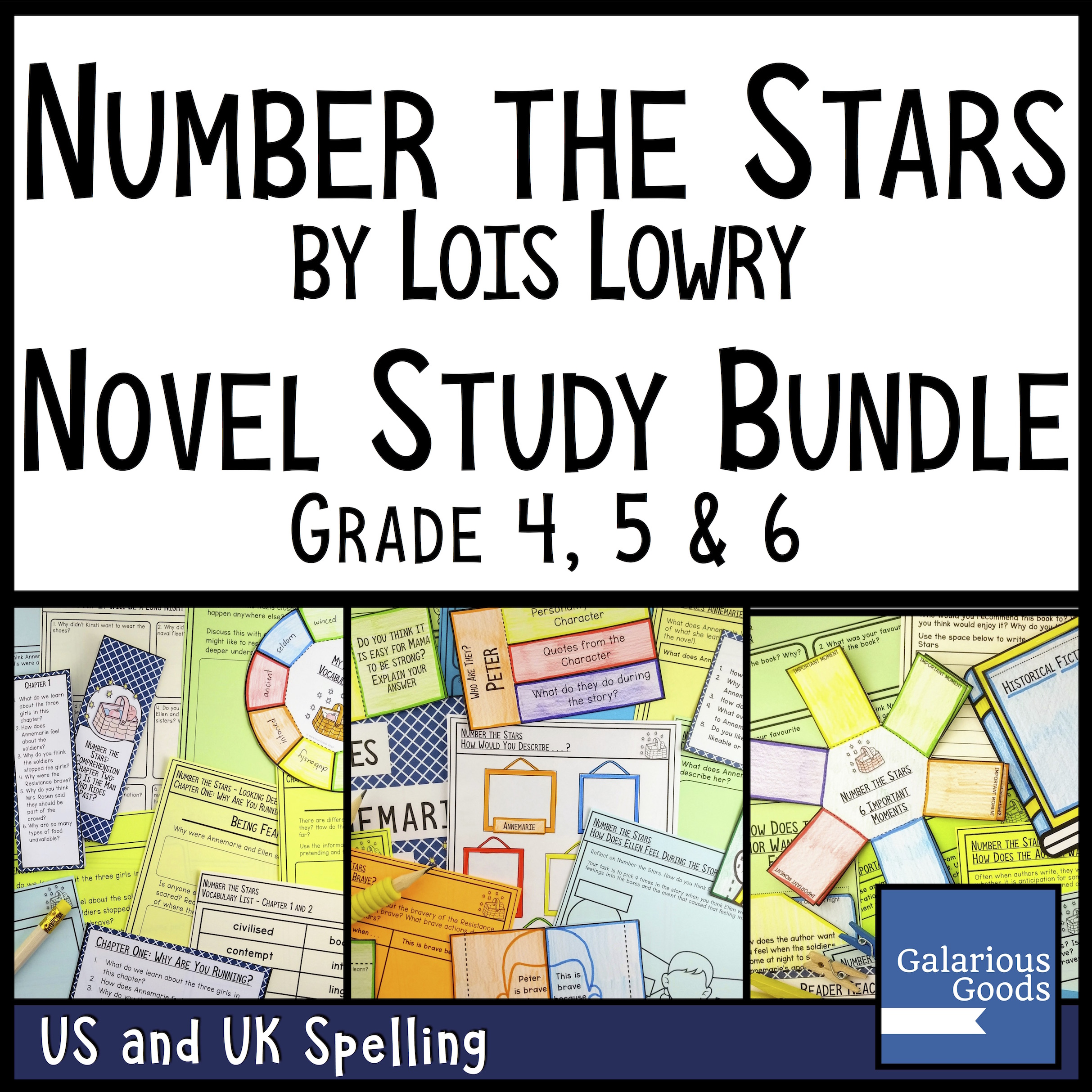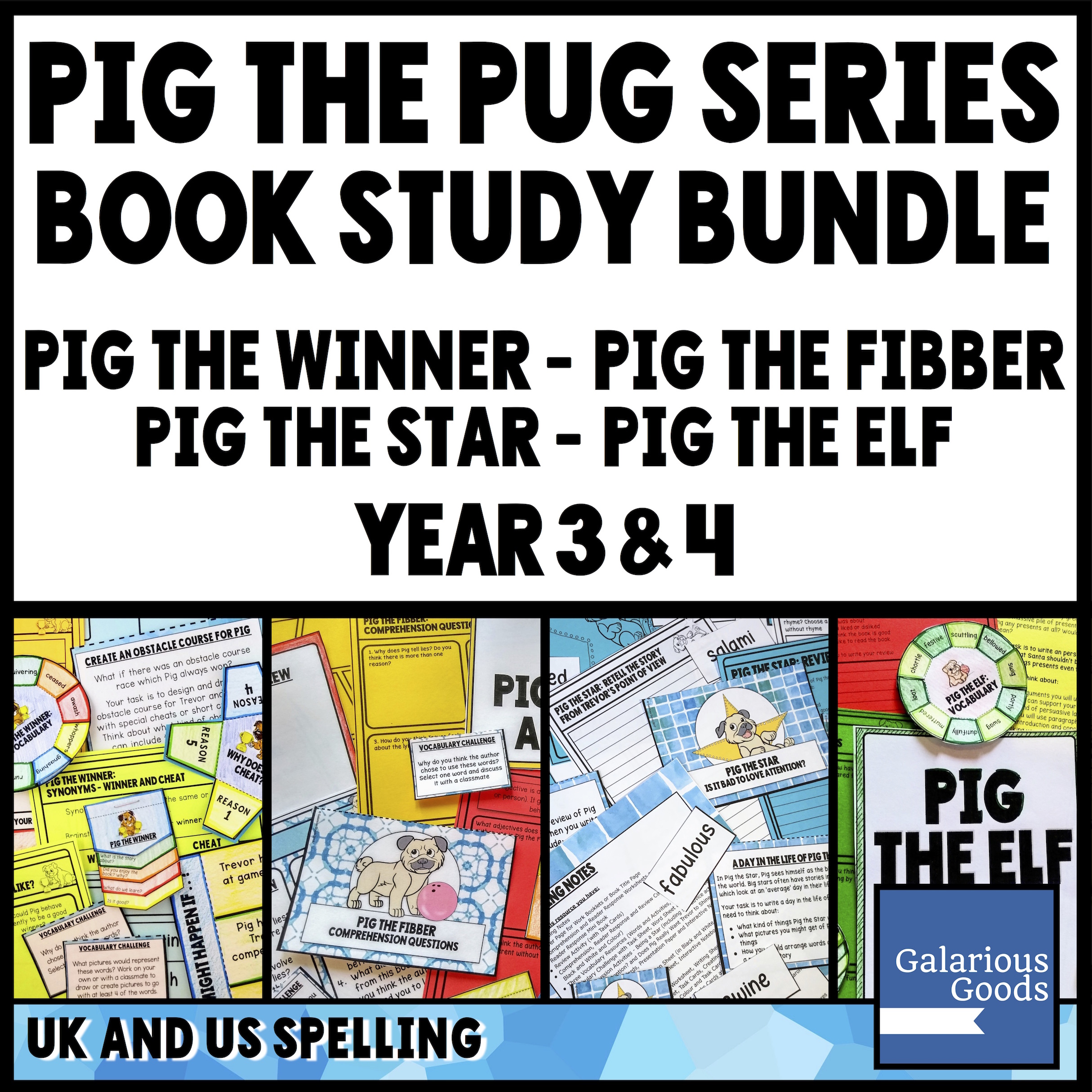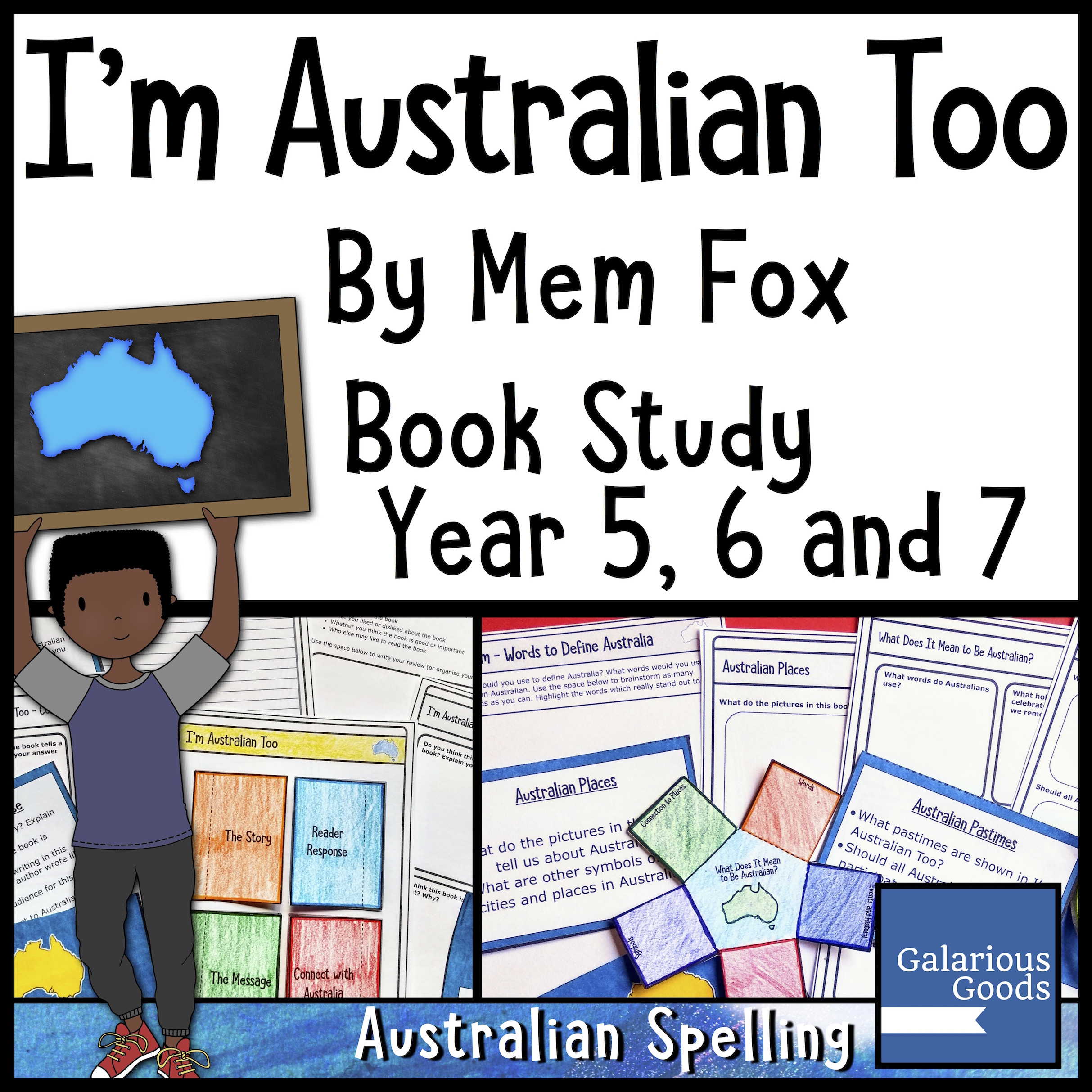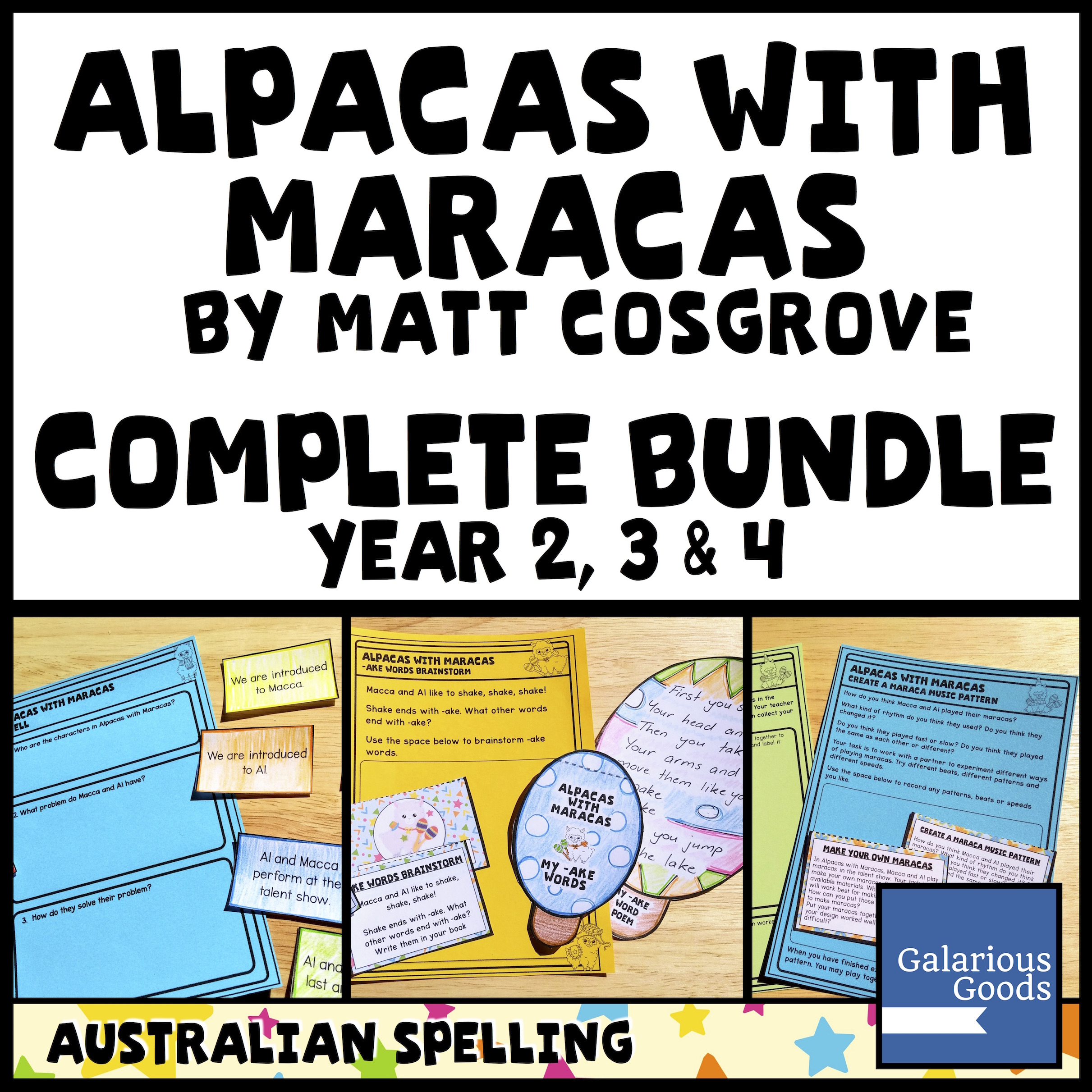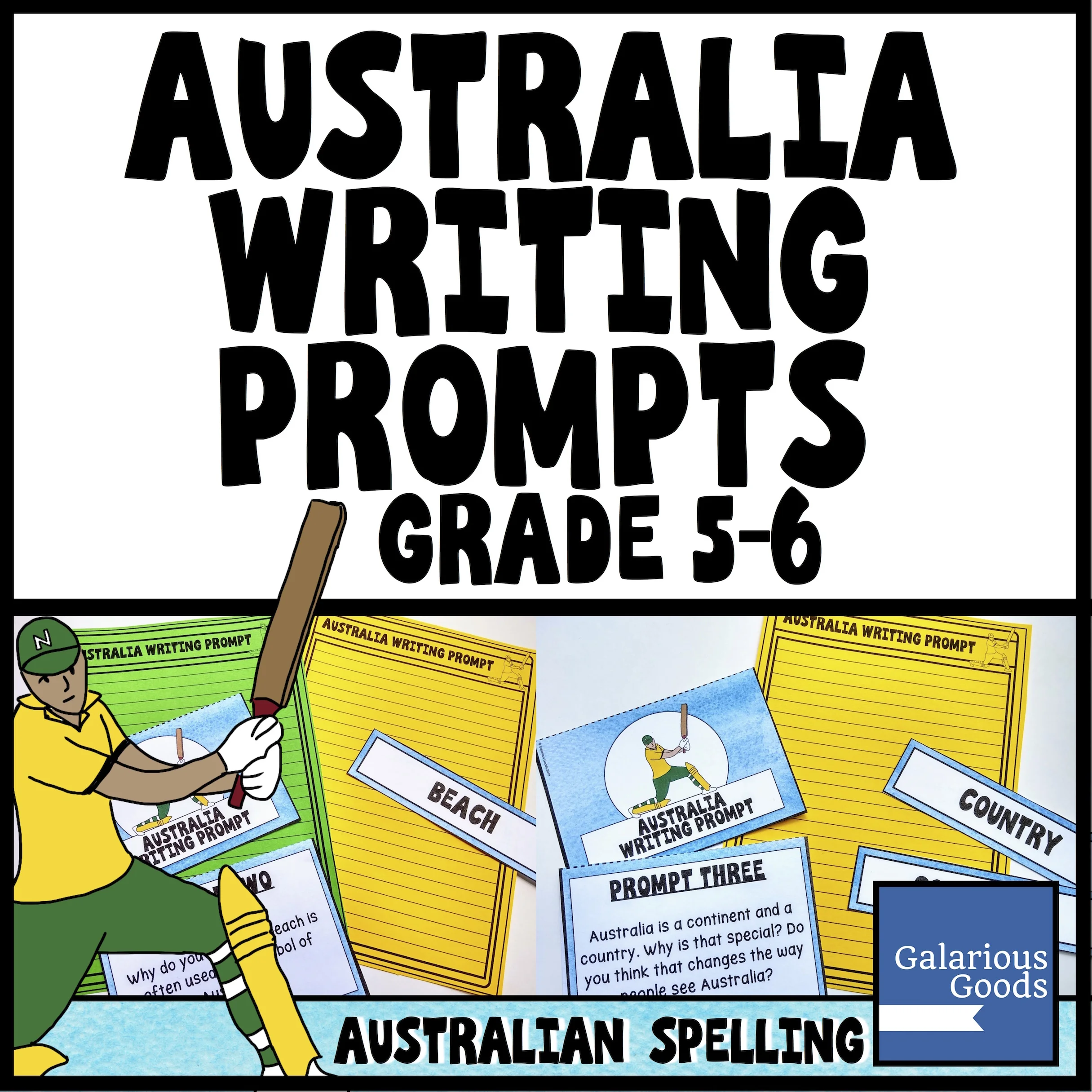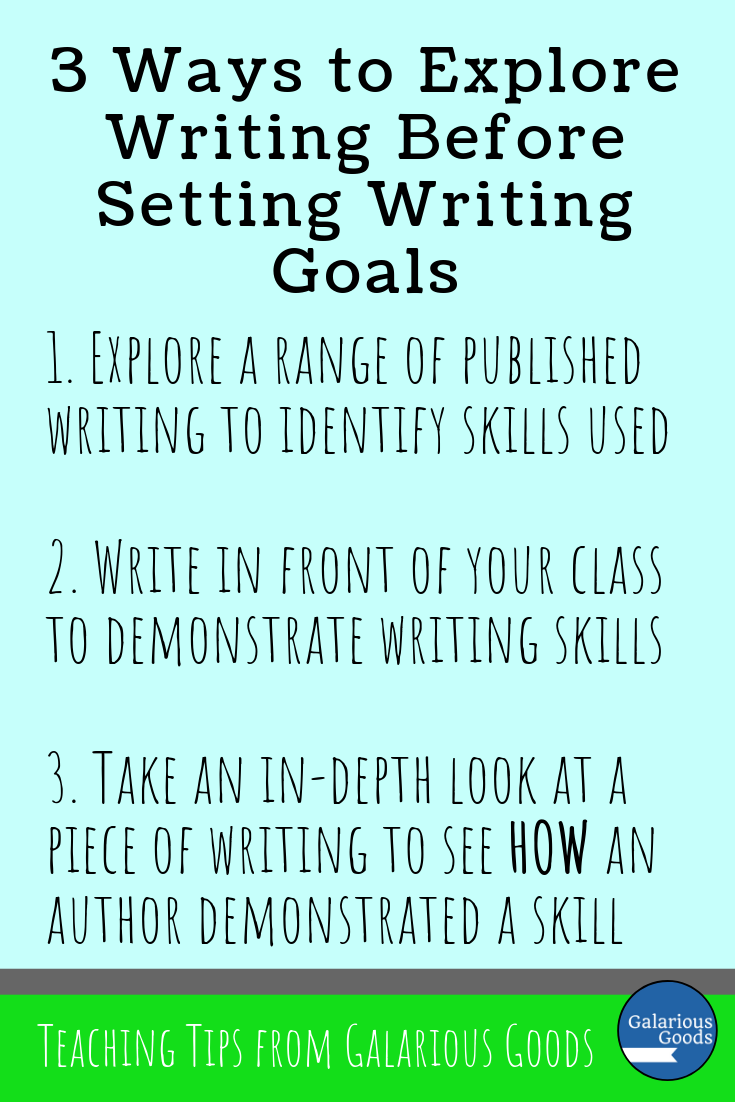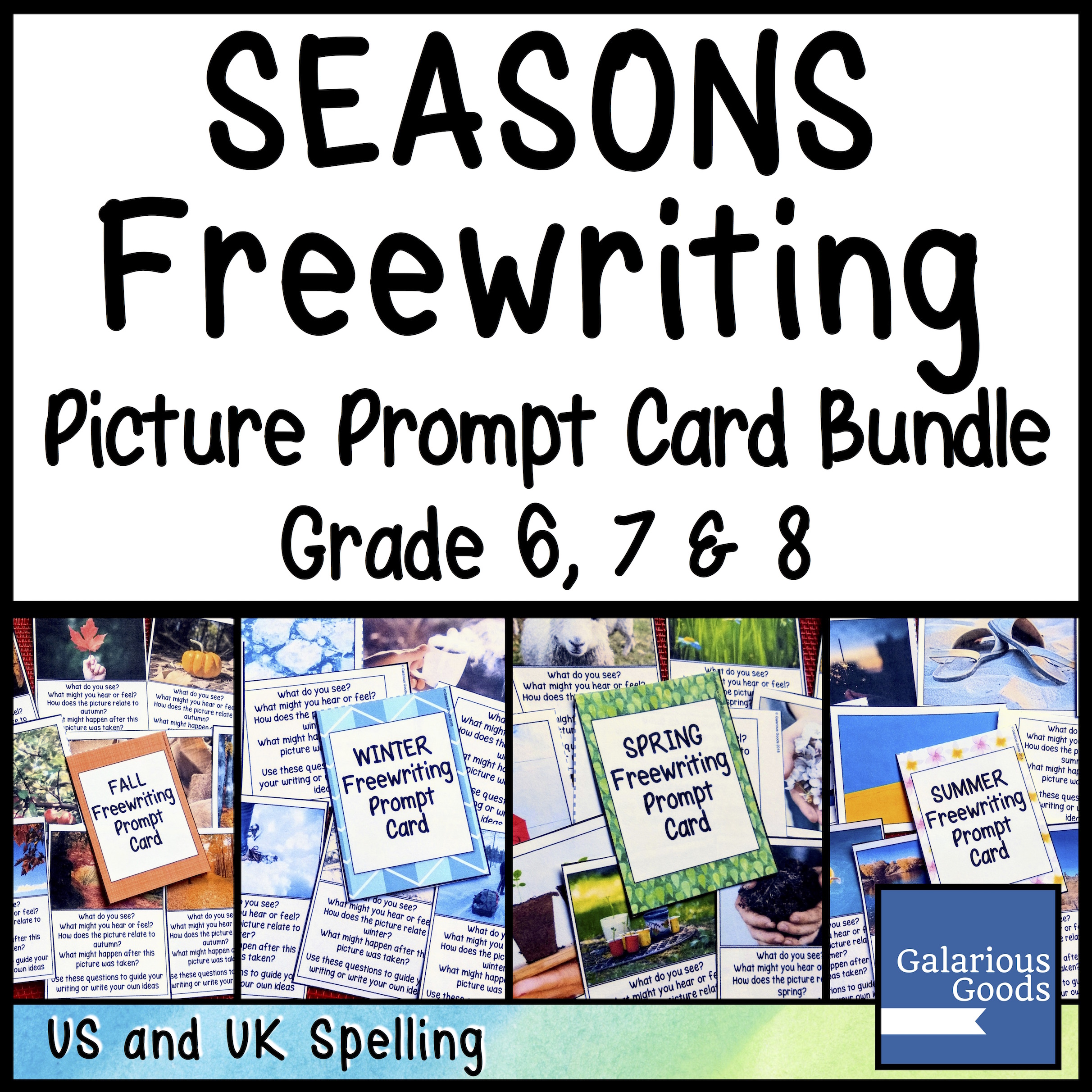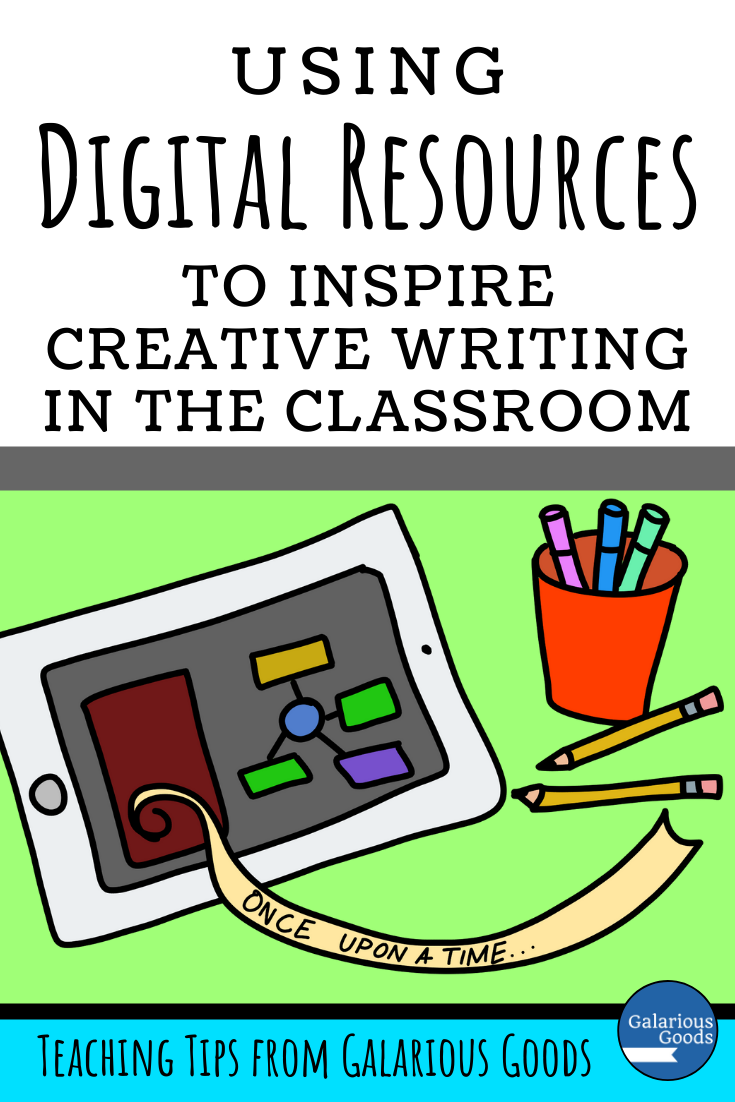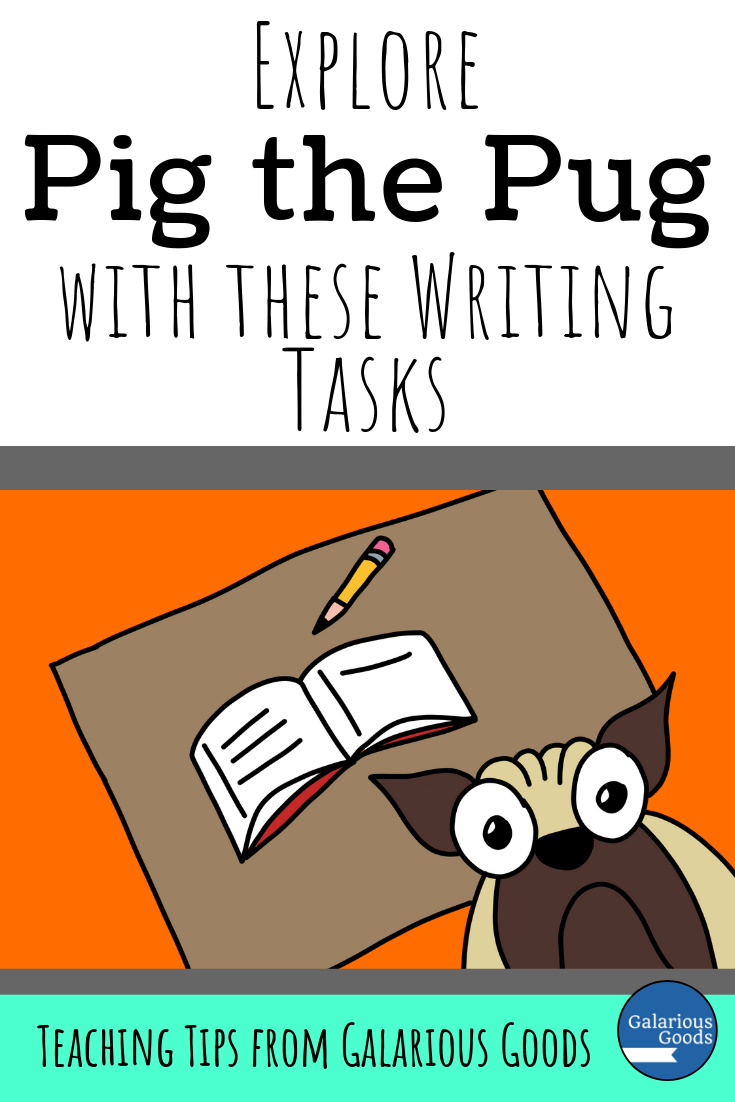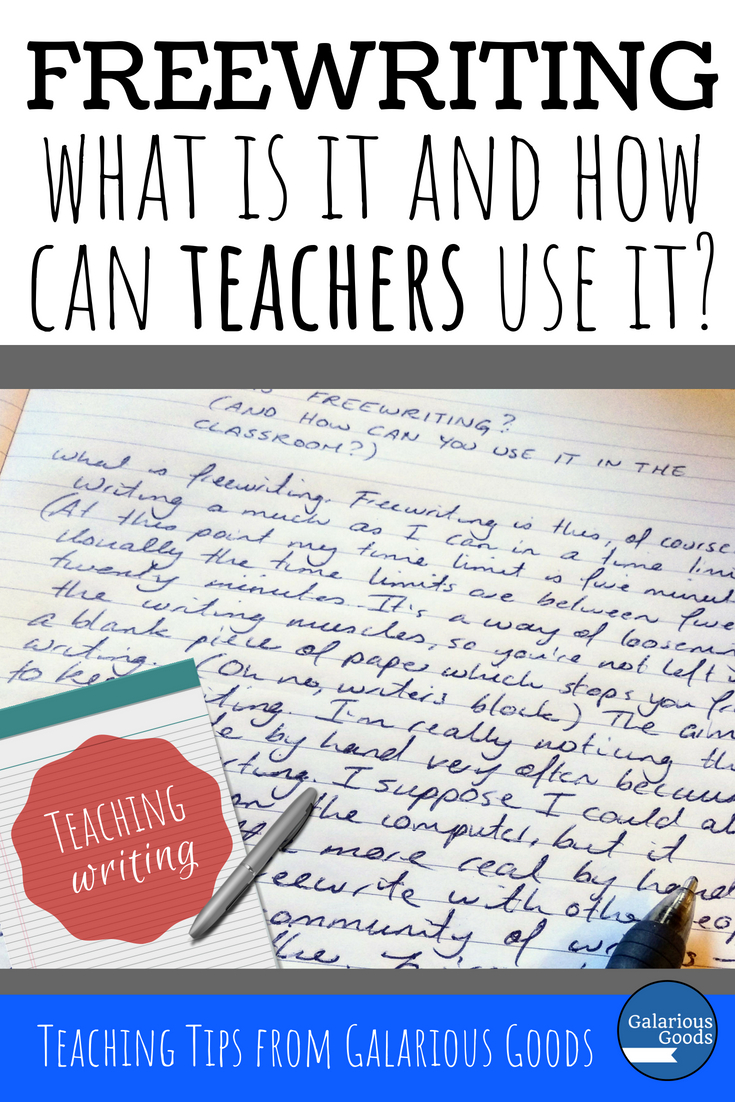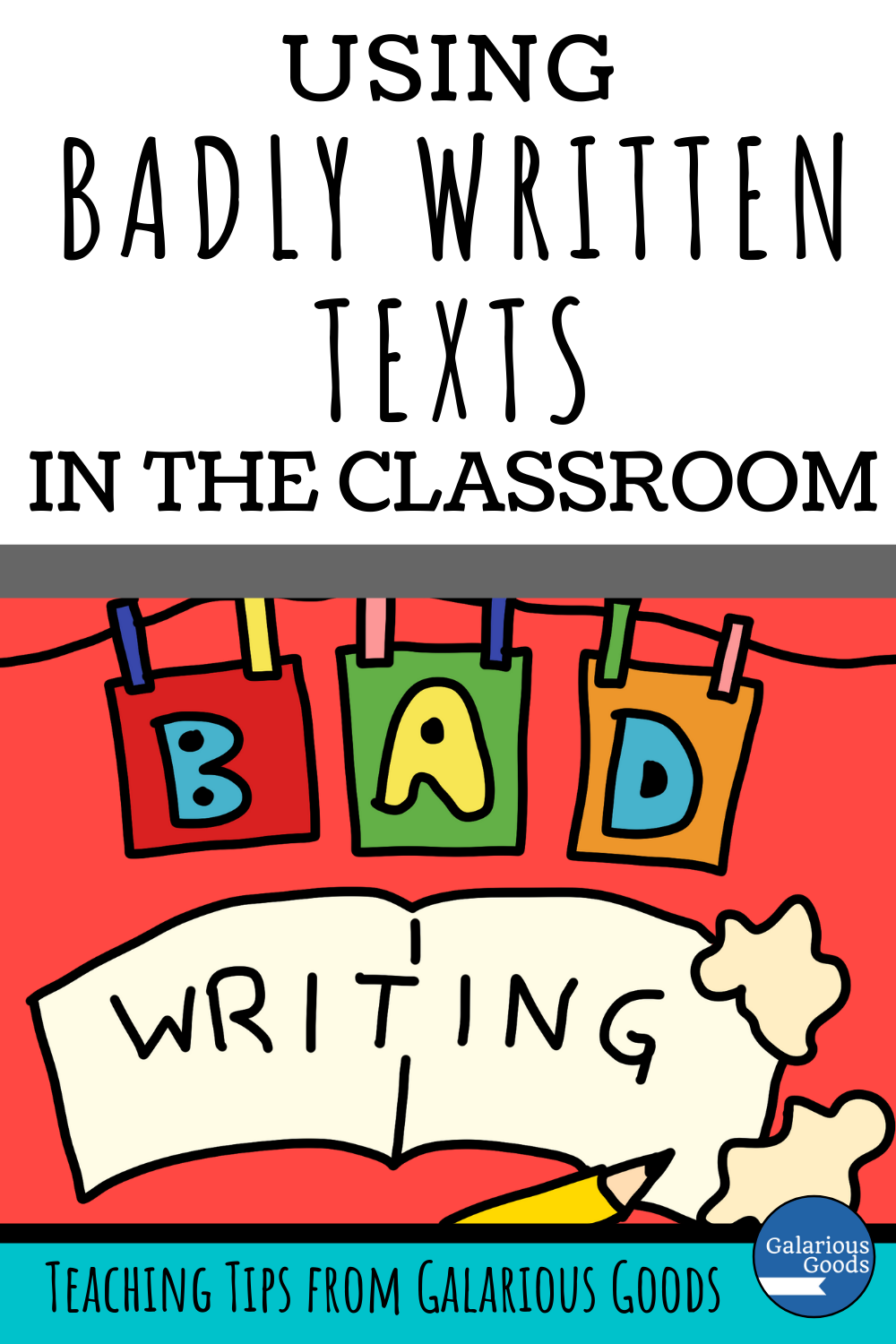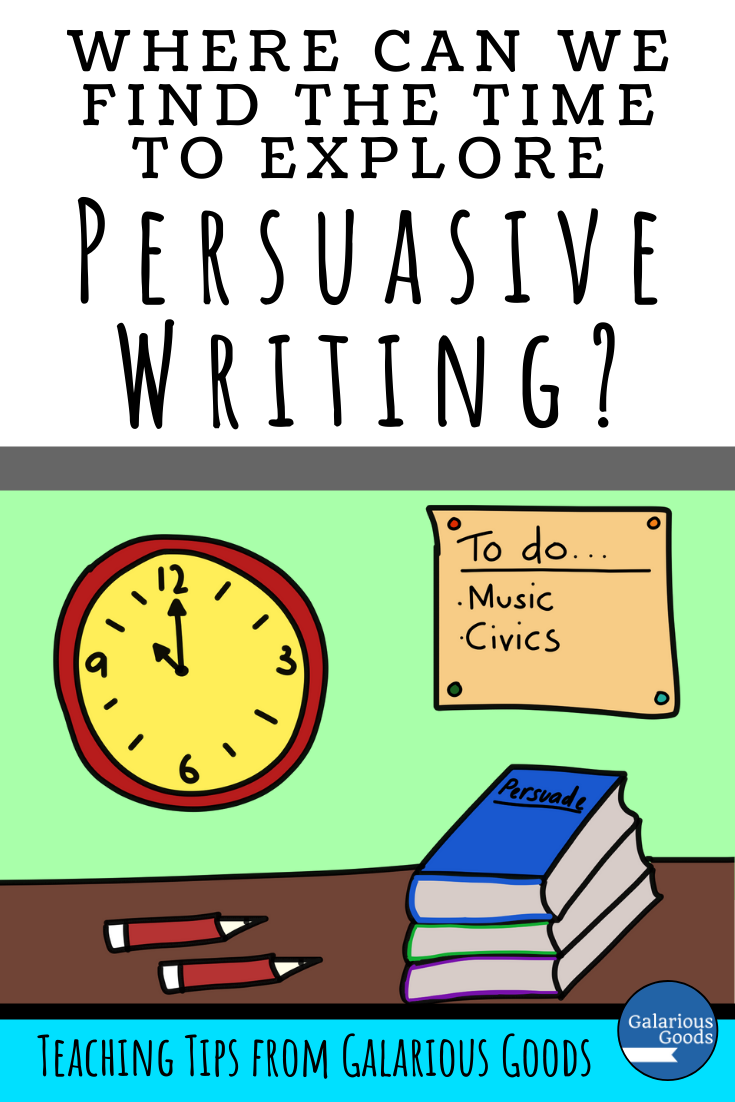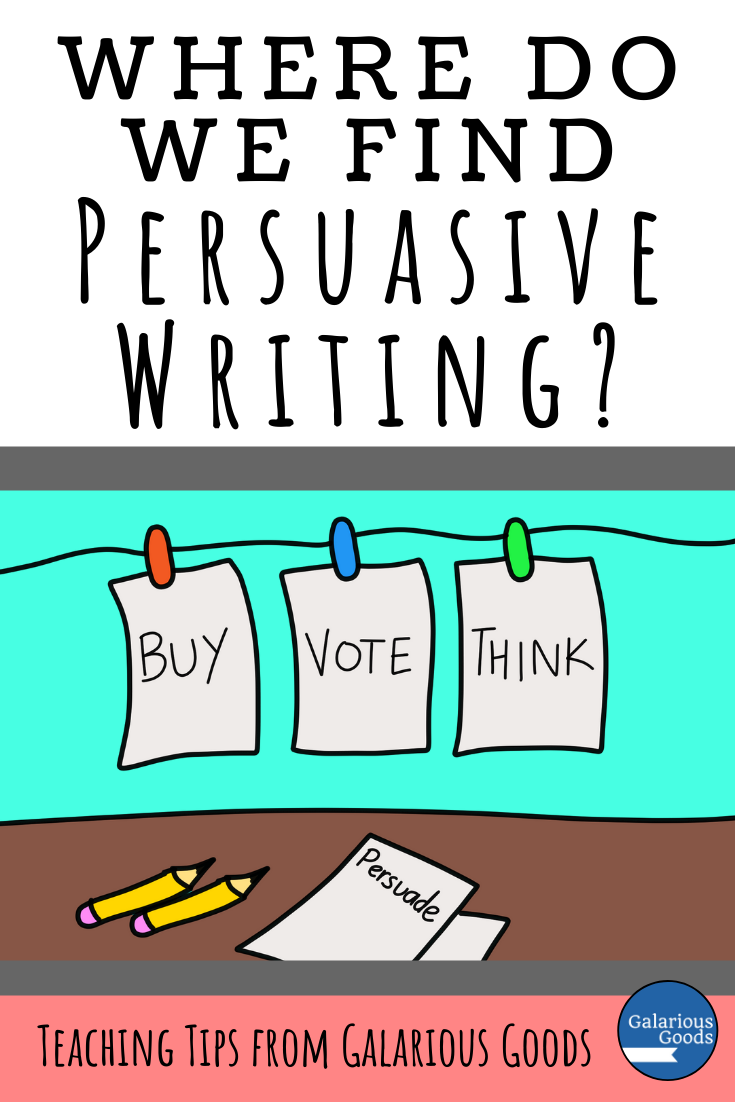5 Ways to Introduce Reading and Books at the Beginning of the School Year
/It’s the beginning of a new school year and you know you want to make books and reading an important part of your classroom environment. But how can you establish that from the beginning? How can you help your students to know that reading is valued in your classroom? How can you encourage a community of readers? Here’s 5 ideas to help you introduce reading and books as a back to school activity.
1. Start With A Favourite
You’ve introduced yourself to your students, checked all their names, put books and stationery into some sort of organisation. It’s time to start teaching. You might have a great getting to know your students activity planned, but it’s worth waiting for just a moment to read them your favourite picture book.
Why? First of all, picture books are great transition tools. They show the students that it’s time to move from organisation mode into learning mode. They’re a quiet and calm way to get things moving. Secondly, you’re letting your students get to know you a little through your book - they know that you value reading and that this is one of the books you really value. And finally, it gives you, the teacher, a moment to breathe and enjoy what you’re doing.
As a bonus, it never hurts when someone from administration pokes their head in and sees reading happening on the first day
2. Create a List of Topics to Read About
In the first few days of school ask your students what kind of books they would like to read or what topics they would like to read about. Use this list as a display in the classroom, use it to guide some of the reading choices or book choices throughout the year and return to update it as the year progresses.
By asking students what books or topics they want to read, you’re giving them some ownership over the reading environment. You’re telling them that their reading preferences are valued in the classroom and that it’s a safe place to read all kinds of books.
3. “Sell” a Book or Two
Book talks are one of my very favourite tools for encouraging reading in the classroom. I love them so much, I wrote a whole post about them and how to give a book talk. At the beginning of the school year it’s good to use books which might be unfamiliar to the students. This lets the students know that you love finding books they might not know about and that it’s ok to read and enjoy unfamiliar books.
Book talks are great for generating excitement about a book and therefore excitement about reading. With lots of enthusiasm, or a well placed preview of a book, you’ve shown students that it’s ok for books to be exciting. Be aware that a really exciting book talk might generate a lot of enthusiasm for the book - you might need to create a ‘next in line’ list for potential readers.
4. Ask Students to Write About their Ideal Book
What would the best book in the world look like? This is a great question to pose to students early in the school year. As well as getting students interested in what books could be (or what books they may not have found yet) this is a great way to learn a bit more about your students.
Be aware, though. There’s a very real possibility that you’ll have a students or two who’ll say there’s no such thing as a good book. It’s ok to get them to explain why that’s the case (they’re still writing and you’re still learning about them!) or to challenge them a little to write about what a book would have to have to be readable by them - they might like to link it to what they like about games, television shows or other activities.
5. Let Students Know Where They Can Find Books
Once you’ve got students excited about reading, you need to let them know where they can find books. You may have a complete classroom library or a small collection of books in the classroom - let students know what they can access at any time or what books you’ve set aside for classroom lessons. Take your students to the school library and talk about some of the borrowing they can do there.
You might also like to introduce the local library to your students. You can do this by visiting yourself and taking some photos of the different areas or you might like to arrange a visit from a librarian at the library who can help your students to understand what’s available to them there (it’s not unusual for people to think they need to pay to borrow books from the library.

